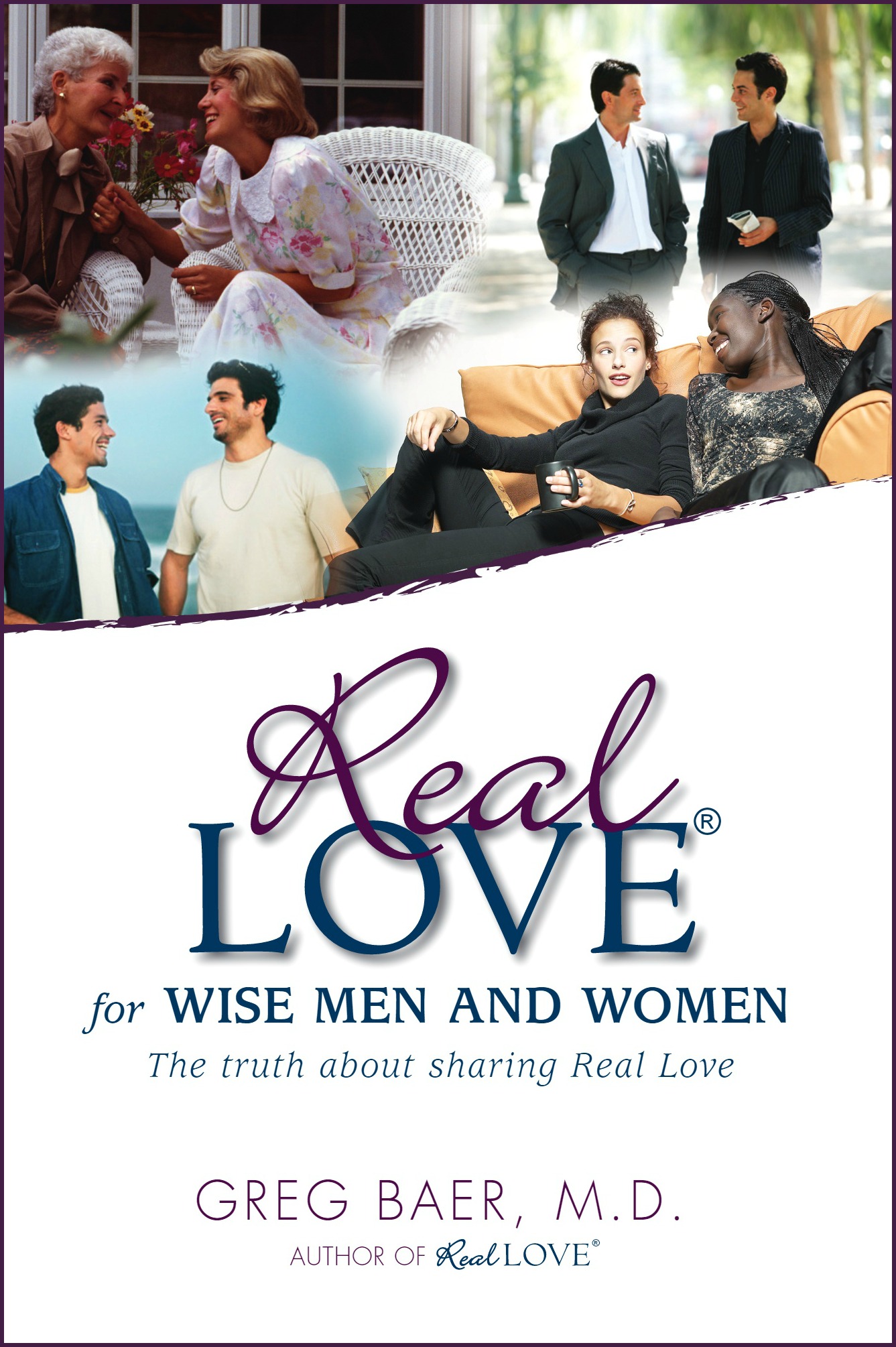Sometimes I feel like a freshly sliced onion because so often people cry when I talk to them. And many of these people say, “I don’t know why I’m crying,” so it’s obvious that crying can be confusing. Let’s look at some of the reasons we cry.
1. Physical pain.
This one is easy and illuminating. Let’s look at the effect of physical pain on young children, because they tend to illustrate our natural condition—who we really are as human beings before we’ve been distorted beyond recognition by emotional pain. So, if a child falls and experiences physical pain, he or she does tend to cry. The tendency is strong.
Why? Our normal emotional and mental state is governed—at least to some extent—by reason and judgment. In such a rational condition, raw emotion—crying, for example—is suppressed. But if something happens to overwhelm our reason—like physical pain—our raw emotions are no longer controlled or suppressed, giving them room for expression. Those emotions often tend to be expressed in an unfocused, irrational way—tears, for example.
When I say that tears are irrational, I do not mean to imply that they’re bad or defective, just not governed by the rational mind. They are reflexive, unrehearsed, unfettered.
People have different tolerances to pain and different abilities to control their responses to it. I have a granddaughter who reacted to pain in a way I have never seen in a child. When she was only a toddler, sometimes she’d run too fast down a concrete path and stumble. Falling flat on her hands and face was painful. She was scraped and bleeding, and yet she did not automatically cry. She would stop all motion, screw up her brows in obvious thought, and make a decision that she was not going to cry. Then she got up and continued running to her previously chosen destination.
Other people cry at the slightest physical pain. I worked in emergency rooms for six years, and I’ve seen both children and adults weep at the pain my granddaughter would have thought laughably tolerable. Again, I am not implying that crying easily is a weakness, just illustrating that the tolerance and control of crying are highly variable.
2. Emotional pain
If physical pain is enough to remove rational control of our feelings, imagine the effect of emotional pain, which directly assaults our feelings. Studies have demonstrated that children would rather be hit by an object than hit by disapproval or anger. And there are so many kinds of emotional pain. Let’s look at a few:
Fear
Fear is all-consuming, like a forest fire. It requires no conscious effort or nurturing. It can start from nowhere and occupy the entire mind and soul in seconds. When we’re afraid, we lose our reason and sense. In that atmosphere, tears are a common result.
Loss
A sense of emotional loss can result from losing a loved one, a job, a sense of power, a feeling of worth, and more. The pain can be overwhelming and can unleash a flood of tears, sometimes for years.
Shame
When our mistakes lead us to the conclusion that we are less than worthwhile—or even worthless—that is shame. The pain of this condition can be excruciating.
Hopelessness, Victimhood
When we’ve made enough mistakes, or experienced enough trauma, even the most resilient of us can sometimes conclude that the mistakes and pain will never end, that there is no hope. The loss of hope creates an emotional devastation that almost always results in the spilling of tears.
3. Emotional upheaval, rapid emotional change, or depth of emotion
As I mentioned when discussing physical pain, tears often result from feelings that “overwhelm our reason” to the point that “our raw emotions are no longer controlled or suppressed.” Sometimes these overwhelming feelings can happen simply because of rapid and unexpected emotional changes, not necessarily emotional pain.
Relief, Release, and Hope
Many years ago I took two of my young sons—along with a large group of Boy Scouts—on a long and potentially dangerous journey. It could have turned out very badly. We ran out of food. We were exhausted. In the moment that it became obvious that we would survive the ordeal, I wept like a child. The sudden change in emotions from fear to relief was overwhelming, and my tears spilled over the dam in a great rush.
I once worked with a woman whose life had been truly horrible—filled with pain and despair. At one point in our work, she began to sob uncontrollably. After gaining her composure, she asked me why she had lost control in that way.
I responded: “You have a need for love as big as the Grand Canyon. You itch for it. Your soul cries out for it. You have been wanting to feel tenderly, unconditionally loved from childhood, but nobody ever gave it to you. Until now—this moment. You’ve waited a very long time for this, and now that it’s here—now that you finally have Real Love and can actually feel it—it’s melting the iceberg that has formed around your heart, and all that pain of the past is pouring out. You never really had a way to express the pain before. Why bother? Nobody was listening. But now I CAN hear your pain, so you’re letting it out in a great flood of tears. This is all very natural and good for you.”
Tenderness, Joy
On some occasions, we feel so tender and emotionally connected to another person or people that any governing influence of thought and intellect simply evaporates. We’re left with pure feeling, often expressed as tears.
Summary
Two people may be weeping at the same time and appear to be weeping in the same way, but rarely can we know the depths of what we’re seeing from the outside. There are many reasons for tears, and sometimes it is beneficial to understand them.


